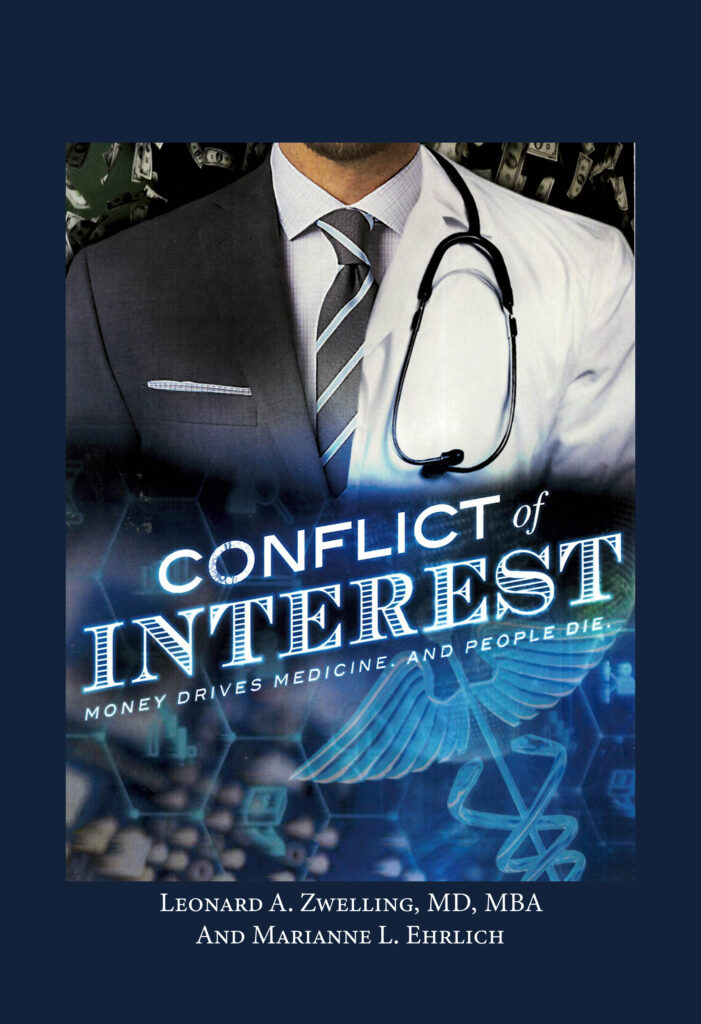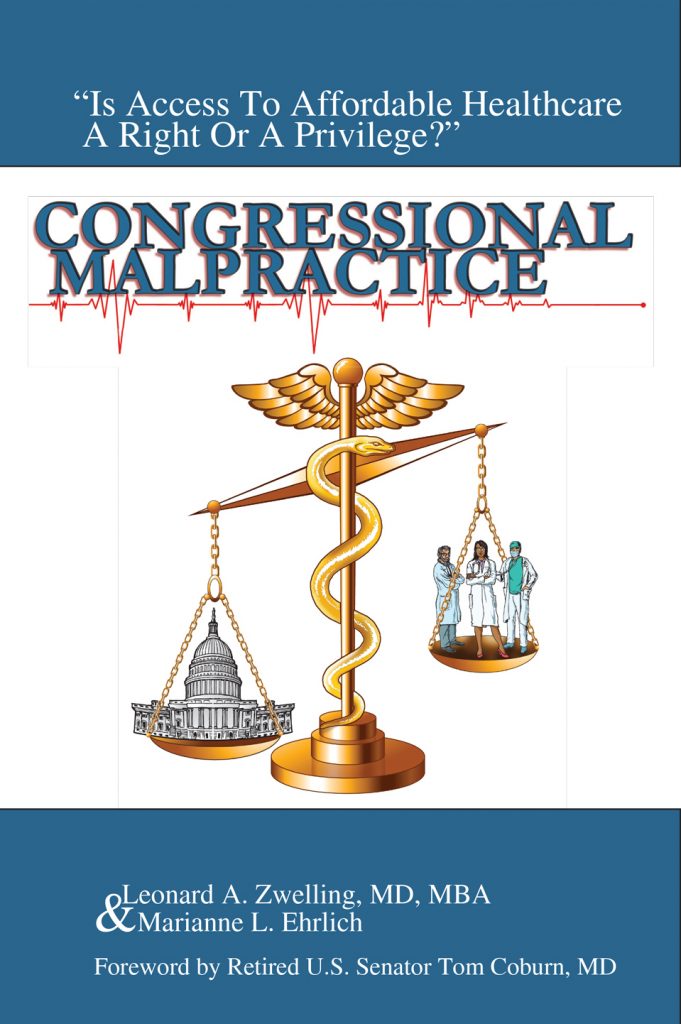Follow the Money: Who’s
Got It And Why
By
Leonard Zwelling
No one associated with the Watergate Scandal ever really
said ‘follow the money” although this phrase has migrated into the lore of
political intrigue and investigative journalism thanks to the motion picture,
“All the President’s Men,” and the quote from Deep Throat (Hal Holbrook).
Nonetheless, in every scandal and “—gate” since, this has been pretty good
advice from ImClone to Enron to, dare I say it, MD Anderson.
In the July 17 issue of The
Cancer Letter, Matthew Bin Han Ong discusses the request from the faculty
at MD Anderson to freeze the recurrent pay hikes of the executives of that cancer
center until the salaries of the faculty members who actually generate the
revenue of the center reach those of the people overseeing that revenue and the
associated expense. This complaint was among many in a White Paper authored by
the Executive Committee of the Faculty Senate. It was this White Paper that
gave birth to the new shared governance structure imposed on the MD Anderson
President and his minions by the Chancellor of the UT System, Admiral McRaven.
A table on p. 3 of that issue of The Cancer Letter substantiates why the faculty is in such an
uproar. Dr. DePinho’s total take probably
exceeds $2M. The salaries alone of his seconds in command, Buchholz and
Dmitrovsky, are greater than $1.3M which still pales by about $300,000 from the
salary of Mr. Leach, who is largely regarded as having retired years ago, but
is trotted out on the occasion of UT System Board of Regents meetings, meetings
with the business executives on the Board of Visitors, and the stray pre-fund
raiser benediction, as it is Dr. Leach now and he is also ordained. It’s
amazing what you can get done on the side when you are an executive at MD
Anderson!
Tom Burke, who was demoted from the position of
Physician-in-Chief now makes over $1.5M for doing less than he used to and, of
course, your favorite Luca Brasi act alike, Dan Fontaine, comes in at a meager
$1.4M. That’s a doubling of his salary over 3 years. Not bad work if you can
get it and you can if you sharpen up your hatchet!
The question is are these salaries really justified? The new
President of UT Austin turned down $1M for what he thought was a more
appropriate $750,000 and he’s running a huge campus that dwarfs MD Anderson’s
in size (but probably not in clinical revenue). Then we heard that the reason
that Buchholz and Dmitrovsky needed to make more is because they were assuming
some of the work the President had been doing. Well, The Ronald’s salary was
not reduced in sync with his right and left hand men’s increases and what is
that work the two picked up anyway?
Now, with the new shared governance, some of the pressure
ought to be off the Physician-in-Chief and Provost as the faculty are there to
prop them up (I wonder if the new faculty members of the Leadership team will get
raises, too as they assume more managerial roles).
Perhaps it is time to bring in the auditors from the state
to assess the value of the Leadership Team folks to the institution, compare
their pay with that of the faculty both at Anderson and throughout the UT
System, and then compare their pay with that of similarly-titled colleagues at
other cancer centers adjusted for geographical inflation. (It costs about 40%
more to live in New York City than in Houston, so a dollar for dollar
comparison with personnel at Memorial Sloan Kettering is ridiculous).
All I want to know with the constant musical chairs on the
MD Anderson org chart marching to the tune of “The Yellow Rose of Texas,” is an
equity adjustment in order?
Talk about obvious! As they used to say to me at Duke
Hospital when I was a student and got something right: “Even a blind pig can
root up an acorn every once in a while.”
Too many blind pigs on Holcombe and surely too many in
Pickens.




